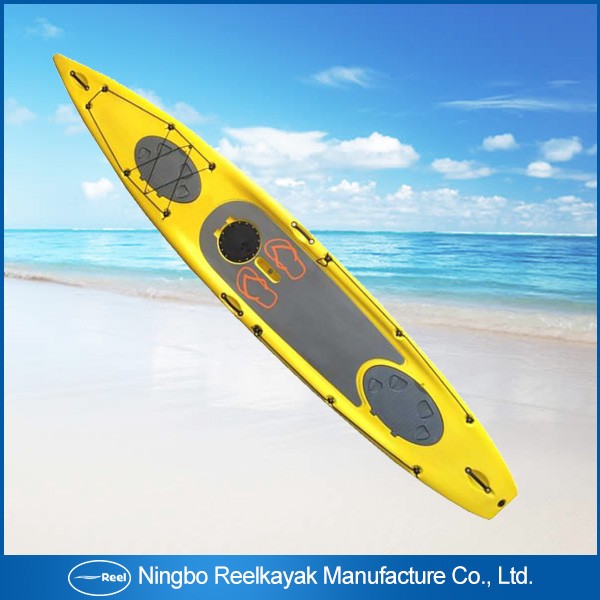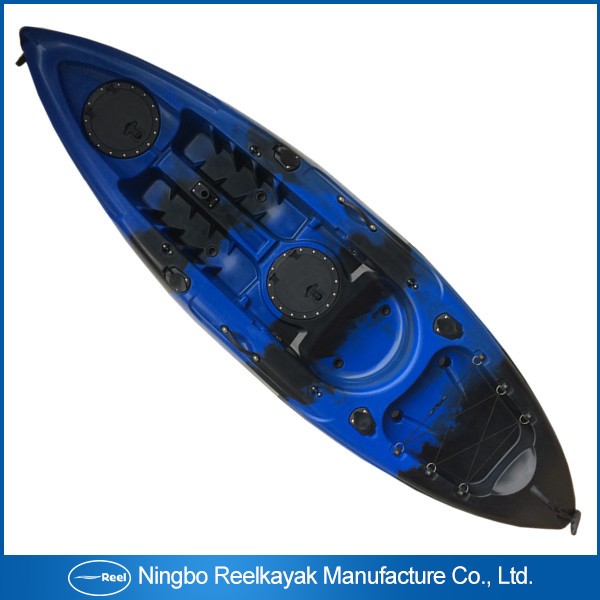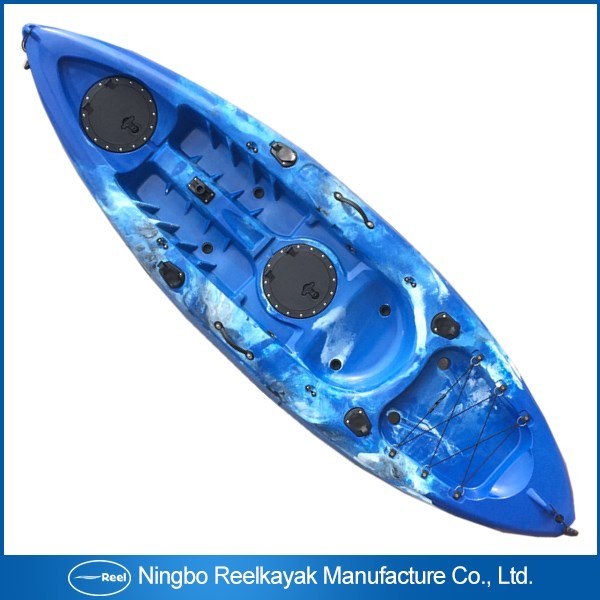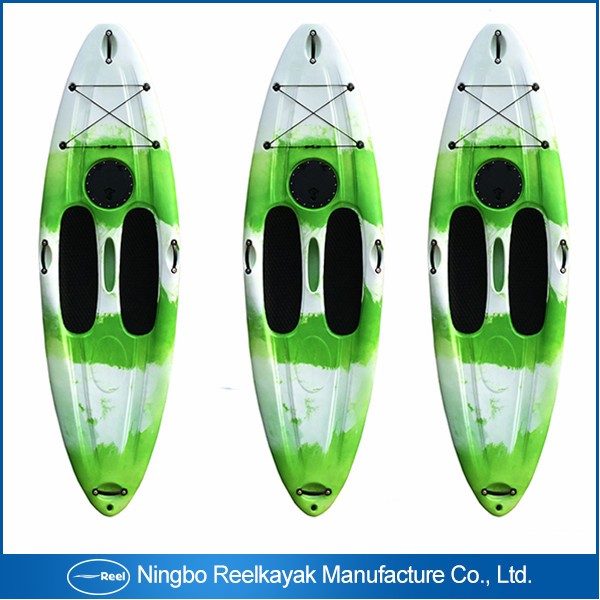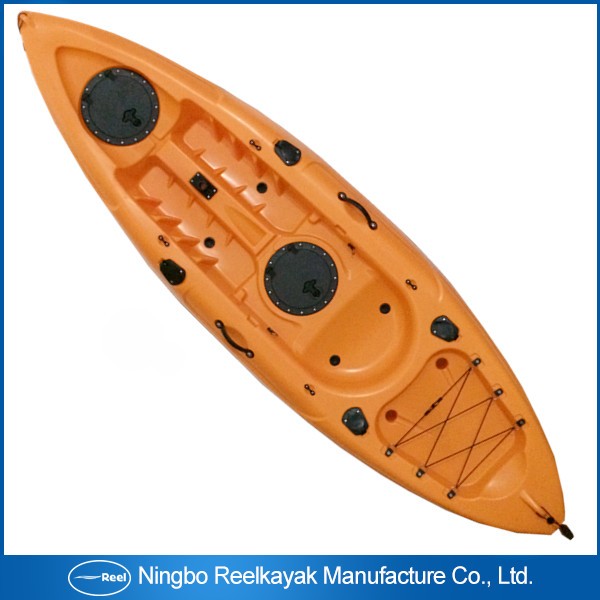Detailed introduction and explanation of canoe
release date:2015-09-03 source:http://www.reelkayak.com clicks:
Ships, as the means of human production and transportation, have a history of tens of thousands of years, and the world's oldest small boat - the primitive canoe is the ancestor of modern kayaks.
Canoeing and canoeing are closely related to their history. Kayak includes kayak and canoe. Kayak in English means the Eskimo canoe. Canoe in English means the canoe. Therefore, kayak and rowing are collectively referred to as Canoe in some parts of Europe and America.
Canoeing is a kind of rowing movement in which the oarsman rows in a special boat, one or more oarsmen rowing in the forward direction.
Canoeing, including kayaking and rowing, is a small boat with two small ends and no oars. Because the two kinds of boats are basically the same in the competition field, competition distance, competition rules and refereeing methods, so kayak and canoeing are collectively called kayak sports. But the boat structure, the shape of the oar, the rowing posture, the method of holding the oar and the technical movement of the two boats are completely different.
Kayakers are sitting in a decked cockpit, holding an oar with blades at both ends, paddling in turn on both sides of the boat.
Canoeing is paddling with the forelegs bowing, the hind legs kneeling, holding a one-sided oar in both hands on one side of the boat, divided into the left oar and the right oar. The kayak has a tail rudder, which is operated by the two feet of the rower, and the rowboat has no rudder.
Now the International Canoe Federation only uses Canoe to represent kayaks and rowing boats. The types of kayaks are: single kayak (K1), double kayak (K2), four kayak (K4), single kayak (C1), two kayak (C2), four kayak (C4), single tourist boat (T1), two tourist boat (T2).
Canoeing is divided into two parts: calm water and torrent.
The still water competition is divided according to the distance of the race, the type of the boat and the sex of the sportsman.
The slalom events are divided into torrent swirling.

 中文版
中文版 ENGLISH
ENGLISH
